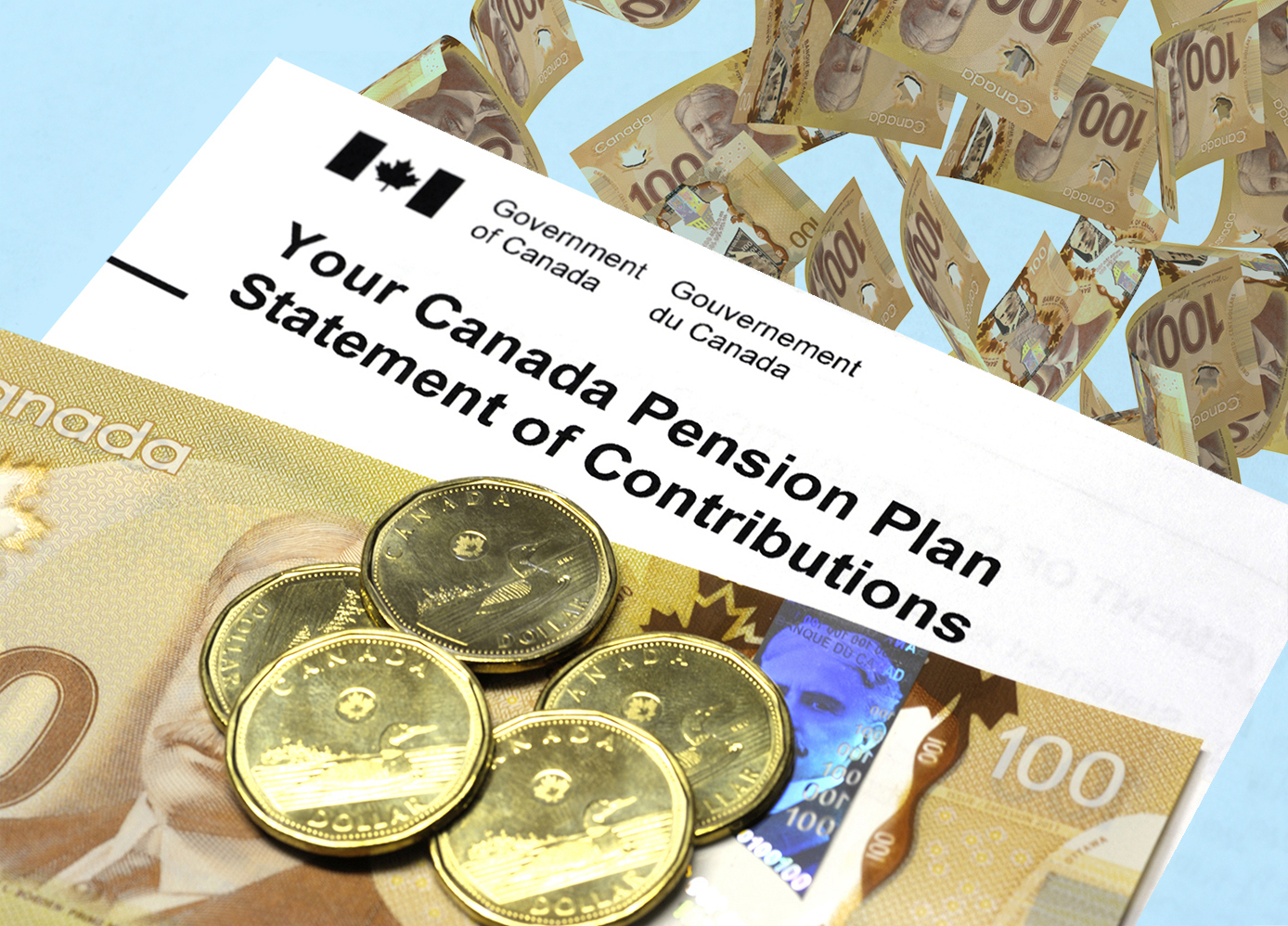Understanding what you’re entitled to at different ages can help you sort out when you should do what
A popular regular feature in Good Times magazine is “Your Questions,” where Olev Edur provides answers to questions from our readers regarding their rights, personal finance, and estate planning. Here’s one on Canada Pension Plan premiums and benefits:
Q.: I’m 64 and will be turning 65 in June. I’m employed full-time and plan to continue working for at least a few more years. However, I read somewhere that at 65, I should cancel my Canada Pension Plan (CPP) premiums, which are currently paid through my employment. I have some RRSPs, but no other future sources of income. I would appreciate your advice and suggestions as to what I should do about CPP. I also wonder whether I should convert my RRSPs into a RRIF or TFSA at this point. I understand that I will have to do so anyway after I turn 71, but I’m wondering if it’s advisable to do so now. My gross income level is currently $50,000 annually.
A.: The first question you have to ask yourself is: Do I need the extra income? If you’re comfortable enough with your work earnings, then you should probably defer your CPP benefits until you stop working. That’s because: a) if you start taking benefits now, they’ll be taxed at your top marginal rate (rather than a lower rate once you’ve quit working) and b) every month past age 65 that you forgo benefits and keep paying premiums, your benefits will be increased by 0.7 per cent. So if, for example, you work for another three years, your benefits at that point will have increased by more than 25 per cent.
This strategy is particularly advantageous since your employer would be paying half your CPP premiums, although the exact result would depend on your actual CPP entitlement, based on how long you have worked and how much you have earned since age 18 (with some allowance for your lowest-income years). The current maximum CPP retirement benefit is $1,134.17, or about $13,610 a year, but let’s assume you’ll be entitled to $10,000 a year at 65.
If you work for another three years past your 65th birth month, you must pay 4.95 per cent of your income (less the first $3,500) in premiums, or about $2,300 a year; over three years, you’d pay $6,900. You’d also lose out on three years’ benefits, or $30,000 (we’ll disregard indexation for simplicity’s sake), so your total loss would be $36,900. But when you retire, you’ll be entitled to an extra $2,500 a year in benefits. The break-even point at which you will have recovered all your losses would be at about 14¾ years of benefits, meaning that by the time you’re nearing age 83, any further benefits would amount to free money. And that’s not counting the amount you’ll also save through lower taxes on the deferred income.
Of course, if you pass on earlier, you’ll have left some money on the table. But assuming you’re in good health (as would seem to be the case since you’re still working full-time), and given that the average life expectancy of a 65-year-old Canadian male is now 83.8 (i.e., another 18.8 years), the odds are that by deferring your benefits you’ll gain money rather than lose, and the longer you live, the more you’ll gain.
It should also be noted that you can now defer the receipt of Old Age Security (OAS) benefits until age 70 as well, and each month of deferral results in a 0.6 per cent increase in benefits, meaning that if you waited another three years, you’d be entitled to an extra 21.6 per cent—the current benefit for anyone who’s lived in Canada most of their lives is $7,025 annually, so this three-year deferral would net you an additional $1,517 a year.
As for your RRSP, once you move the plan contents into a RRIF, you must start withdrawing a minimum amount every year, and this will be taxable on top of your work income, meaning that it could be taxed at a marginal rate of around 30 per cent (depending on province). So it’s probably better to leave the money in the RRSP where it can all compound untaxed until it’s needed.
One notable exception to this advice is that once you’re 65, you can claim the pension income credit of up to $2,000 a year on RRIF withdrawals—so it makes sense to move perhaps $10,000 into a RRIF right away, so that you can avail yourself of that credit every year until you start making bigger withdrawals.
Photo: iStock/TonyIaniro.






